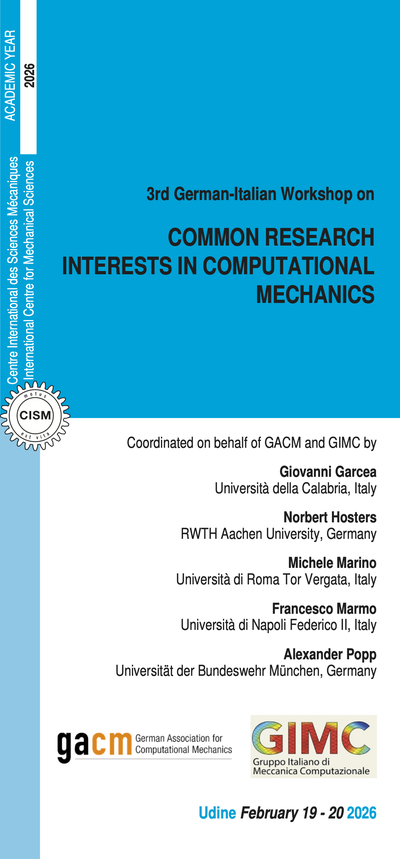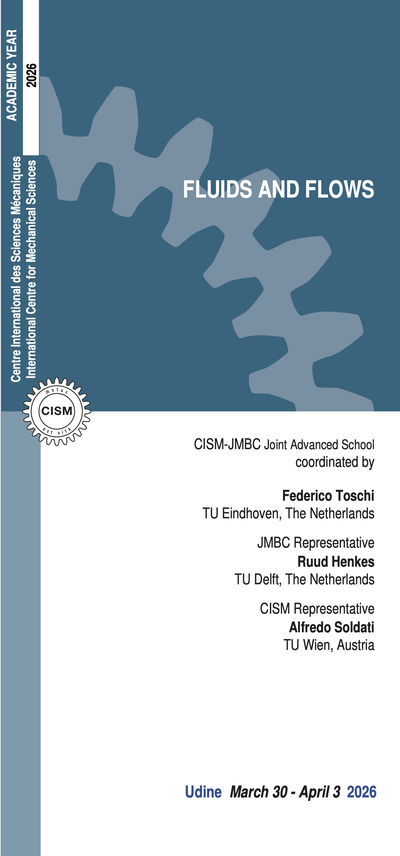Berg H. C. (2003) The rotary motor of bacterial flagella, Annual Review Biochemestry 72:19-54.
Berg H.C. (2004) E. coli in Motion (Springer, New York).
Kiørboe, T. (2008) A Mechanistic Approach to Plankton Ecology. Princeton: Princeton University Press, 209 pp.
Hemelrijk, C. K., & Hildenbrandt, H. (2015). Diffusion and topological neighbours in flocks of starlings: Relating a model to empirical data. PLoS ONE, 10(5).
Hemelrijk, C. K., van Zuidam, L., & Hildenbrandt, H. (2015). What underlies waves of agitation in starling flocks. Behavioral Ecology and Sociobiology, 69(5).
Inada, Y., & Kawachi, K. (2002). Order and flexibility in the motion of fish schools. Journal of Theoretical Biology, 214(3), 371–387.
Liao, J. C., Beal, D. N., Lauder, G.V., and Triantafyllou, M.S. (2003) Fish exploiting vortices use less muscle. Science 302, 1566-1569.
Liao, J. C. (2007). A review of fish swimming mechanics and behaviour in altered flows. Philosophical Transactions of the Royal Society B: Biological Sciences, 362(1487), 1973-1993.
Purcell E.M. (1977) Life at low Reynolds number, American Journal of Physics, 45:3-11.
Vergassola, M., Villermaux, E., & Shraiman, B. I. (2007). ‘Infotaxis’ as a strategy for searching without gradients. Nature, 445(7126), 406.
Wang, Z. J. (2005). Dissecting insect flight. Annual Review Fluid Mechanics, 37, 183-210.
Wang, Z. J. (2016). Insect flight: From newton's law to neurons. Annual Review of Condensed Matter Physics, 7, 281-300.
6 lectures on: Life at low Reynolds number. Viscous drag. Diffusion and viscous media. Swimming of common bacteria (cells with external flagellar filaments). Swimming of spirochetes (cells with internal flagellar filaments). Gliding motility (cells with adhesins, racks and pinions). Flagellar filaments. Structure. Polymorphic transformations. Flagellar motors. Chemotaxis. The sensory transduction pathway: coupling of receptors to motors. Adaptation by receptor methylation. Adaptation by motor remodeling.
4 lectures on: Search algorithms used by organisms to track the source of an odour in a flow. Biased random walk; Lévy flight; Chemical trail-following; Zigzagging and casting behaviours; Infotaxis.
6 lectures on: Collective motion in groups of fish and birds (regarding turning behaviour and internal structure of a flock); collective escape of attacks by predators, studied both empirically and in computational models regarding effects of type of locomotion, type of attack and type of transmission of individual responses in the flock.
6 lectures on: Plankton encounter rates, the fluid dynamics of marine snow formation by physical coagulation, how microbial predators and prey perceive their environment through fluid signals and chemical cues, and how fluid physics constrain and facilitate microbial predator-prey encounter rates.
6 lectures on: Fish diversity, anatomy and morphology, physical principles of aquatic locomotion, experimental approaches to studying fish locomotion, powered and passive locomotion, swimming in turbulence, Kármán gaiting, schooling, flow sensing with the lateral line system.
6 lectures on: Falling Paper and Unsteady Aerodynamics. Aerodynamics of insect flapping flight; computational tools for studying flight dynamics; kinematics and dynamics in free flight; algorithms for tacking freely flying insects; neural feedback control algorithms used by insects.
The registration fee is 600.00 Euro + VAT*, where applicable (bank charges are not included). The registration fee includes a complimentary bag, four fixed menu buffet lunches (on Friday upon request), hot beverages, downloadable lecture notes and wi-fi internet access.
Applicants must apply at least one month before the beginning of the course. Application forms should be sent on-line through the following web site: http://www.cism.it. A message of confirmation will be sent to accepted participants. Applicants requiring assistance with the registration should contact the secretariat at the following email address cism@cism.it.
Applicants may cancel their course registration and receive a full refund by notifying CISM Secretariat in writing (by email to cism@cism.it) no later than two weeks prior to the start of the course.
Cancellation requests received during the two weeks prior to the start of the course will be charged a 50.00 Euro handling fee. Incorrect payments are also subject to a 50.00 Euro handling fee.
A limited number of participants from universities and research centres who are not supported by their own institutions can be offered lodging and/or board, if available, in a reasonably priced hotel or student guest house.
Requests should be sent to CISM Secretariat by May 6, 2020 along with the applicant's curriculum and a letter of recommendation by the head of the department or a supervisor confirming that the institute cannot provide funding. Preference will be given to applicants from countries that sponsor CISM.
Information about travel and accommodation is available on the web site www.cism.it, or can be mailed upon request.
* Italian VAT is 22%.





